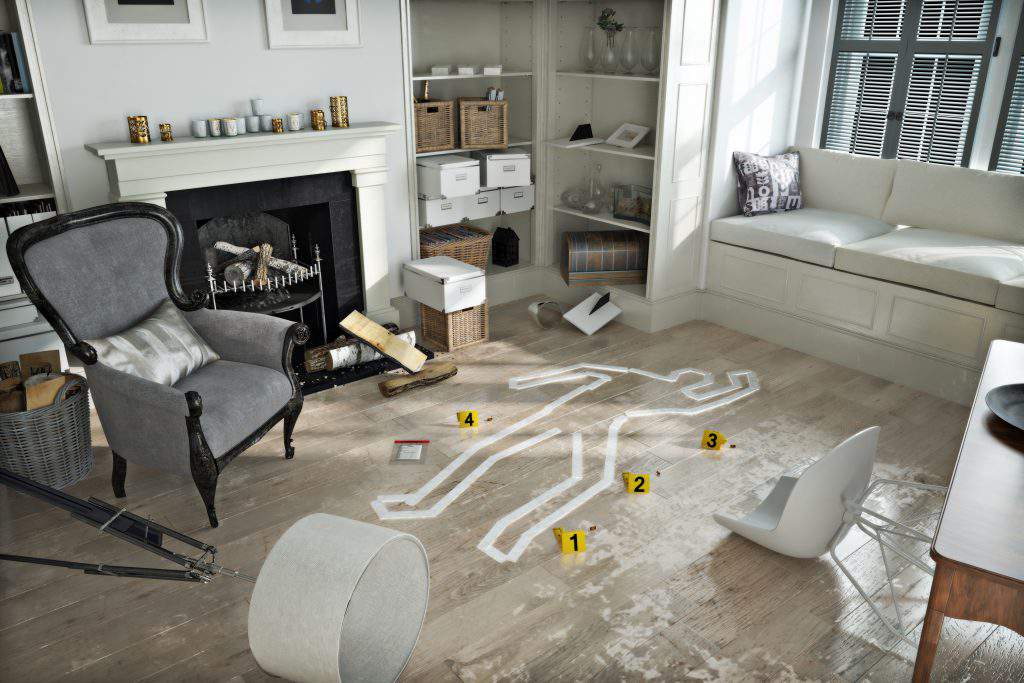
Companies offering commercial cleaning services, fire restoration, and odor removal are more likely familiar with common misconceptions about their industry. Bio-recovery deals with cleaning and disinfecting bloodborne pathogens, bodily fluids, and other infectious materials found at crime scenes. Professional crime scene cleaning services are best suited to handle any bio-recovery related jobs.
Since crime scene cleaning service is still an unpopular industry, there are some common misconceptions that millions of people have about it.
Here are a few of the common myths.
Myth 1: Bleach is Primarily Used for Disinfection
Don’t professional cleaners just sprinkle some bleach around the affected areas and all traces of blood and bodily fluid erased?
For the records, bleach, technically known as sodium hypochlorite, is a potent biocide. Despite being effective in cleaning, it is not a highly recommended option when talking about the finest disinfectant.
The government and other agencies promote bleach as the disinfectant of choice because it is readily available in most homes and easily accessible by the general public. So when a bloody incident occurs, for instance, the homeowner uses bleach as a perfect disinfectant.
Diluting a certain potion of bleach can get rid of a number of pathogens. However, the strength of diluted bleach reduces over time making it less potent in destroying bloodborne pathogens. To get the best out of your cleaning task, be sure to make a freshly diluted mix for every cleaning. This way, you are guaranteed that the solution will be at its highest strength.
Myth 2: Hire Only OSHA-Certified Cleaning Companies
It is sad to say that OSHA doesn’t certify any company. Their primary responsibility is to ensure that a crime scene cleaning service takes training courses that will benefit them in the long run. Also, they ensure that crime scene cleaning services comply with government regulations.
Since there’s no such thing as an OSHA-certified company, disregard any company that has it as part of their credentials. Certification is usually given by a reputable independent training program, followed by an exam conducted by a different certifying body that will carry out a thorough assessment of the applicant’s abilities and knowledge on the job.
Myth 3: Focus on Cleaning What You See
Gone are the days when crime scene cleaning services focus on cleaning what they saw. In other words, if a crime scene looks visibly clean, so is the problem. This is far from it.
Crime scene cleaning is a step-by-step process.
The first step is detecting areas that need remediation and sealing them off. The second step is applying aggressive cleaning techniques using highly advanced cleaning products. The third step is disinfecting the area to get rid of all blood-borne pathogens onsite. The last step is confirmation. At the latter stages, the cleaners will have to confirm if all microbes have been eliminated before certifying the area safe for use again.
Crime scene cleaning is not a get-rich-quick industry as postulated by many. Although it is a highly lucrative business, you need to work your way to the top. One way to do this is by delivering top-notch service and ensuring customer satisfaction.










